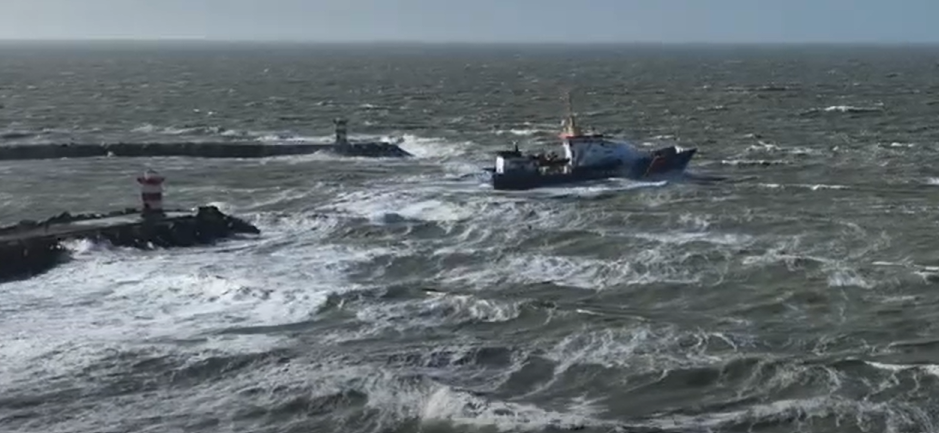Maritime safety standards have evolved significantly over time, driven by technological advancements, lessons learned from accidents, and increased international cooperation.
Initially, SOLAS (International Convention for the Safety of Life at Sea) focused on basic construction and equipment standards. Later, the International Maritime Organization (IMO) emerged as a global authority, developing comprehensive regulations and codes to enhance safety and security.
Key areas of improvement include navigation, lifesaving appliances, fire protection, and the introduction of systems like the GMDSS (Global Maritime Distress and Safety System).
More recently, the focus has shifted to cybersecurity, crew resource management, and the impact of new technologies like AI and automation.
Historical Overview:
Early Standards:
Initial maritime safety focused on basic ship construction, equipment, and operational procedures, often driven by specific tragedies like the sinking of the Titanic.
SOLAS and IMO:
The International Convention for the Safety of Life at Sea (SOLAS) laid the foundation for many safety regulations, and the IMO became the global body for developing and maintaining these standards.

Technological Advancements:
Radar, sonar, and GPS significantly improved navigation and collision avoidance.
The GMDSS:
The Global Maritime Distress and Safety System (GMDSS), adopted in 1988 and fully implemented in 1999, revolutionized emergency communication at sea.
Maritime Security:
The ISPS Code, added to SOLAS in response to 9/11, enhanced security measures for ships and port facilities.
Modern Developments:
Crew Resource Management (CRM):
The concept of CRM, borrowed from aviation, emphasizes the importance of teamwork, communication, and decision-making under pressure.
Cybersecurity:
Increased reliance on digital systems has led to a growing focus on cybersecurity in the maritime industry.
Environmental Regulations:
Regulations like IMO 2020 have pushed for cleaner fuels and emissions reduction.
AI and Automation:
The use of AI and automation in areas like navigation and maintenance is expected to further enhance safety and efficiency.
Human Factors:
Recognizing the significant role of human error in accidents, training programs have evolved to address not only technical skills but also non-technical skills like situational awareness and decision-making.
Safety Management Systems (SMS):
Modern SMS leverage technology to improve safety and performance by integrating different systems on board and providing quick access to data.